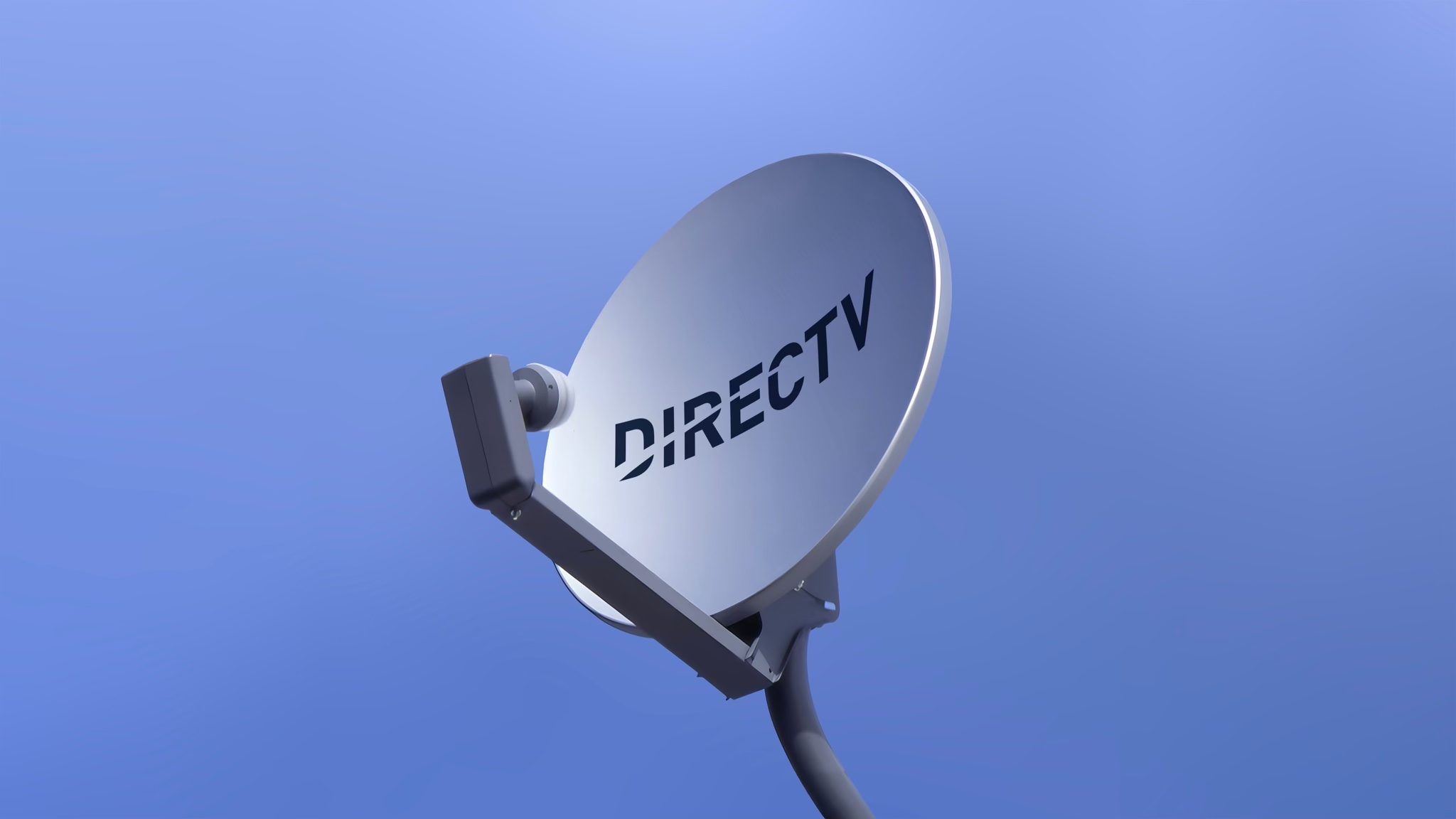DirecTV Says Costs for ATSC 3.0 Transition Would be ‘Onerous’
American Television Alliance tells FCC that these costs would produce ‘no benefits whatsoever’ for pay TV operator’s subscribers

WASHINGTON—The pay TV and telco industry-backed American Television Alliance told staffers at the Federal Communications Commission’s Media Bureau that the transition to NextGenTV/ATSC 3.0 would impose “onerous” costs on one of its members, DirecTV.
ATA detailed its concerns about the transition and its conversation with the FCC in an August 12 letter.
One major problem, the group told the FCC, is that DirecTV’s current satellite receivers can only handle the current ATSC 1.0 signals; the other is that the satellite provider does not have the capacity to carry both 1.0 and 3.0 signals.
"First, DirecTV subscribers have millions of set-top boxes that are not designed to receive an ATSC 3.0 signal, and replacing all such equipment would be cost-prohibitive,” the letter noted. “Second, satellite carriers reuse frequencies many times, designing ‘spot beams’ to deliver local broadcast signals to different markets throughout the country. Those spot beams have been allocated sufficient capacity for current carriage requirements in specific local markets and cannot be repointed. Thus, they have no capacity left for carriage of an additional ATSC 3.0 signal from each station.”
The letter acknowledged that the ATSC is developing a standard for MVPD distribution of ATSC 3.0 signals, including over fiber, and that it has developed a “candidate standard” for converting ATSC 3.0 signals, including those delivered over fiber, into formats used by MVPDs.
However, “because of what MVPDs view as the domineering and uncollaborative behavior of the broadcast representatives in the Working Group, there is no longer any MVPD representation in TG3,” the letter complained.
“The development of the A/370 candidate standard, while still in progress, could provide a technical specification under which a `native’ ATSC 3.0 signal could be converted into formats that MVPDs would be able to use (for DirecTV, this is a 1.0 version of the ATSC 3.0 signal),” the letter admitted. “Even if successful, however, this technical capability would not answer the key question for DirecTV—i.e., who bears the costs of the equipment necessary to do this conversion and the delivery of the down converted signal to the MVPD.
The professional video industry's #1 source for news, trends and product and tech information. Sign up below.
“For a nationwide provider like DirecTV, the question of who bears such costs is critical. ATSC 3.0 receivers compatible with DirecTV’s system now cost roughly $8,000 per feed (i.e., primary and multicast feeds). Since DirecTV now carries more than 1,800 feeds nationwide, the total cost to purchase receivers would approach $15 million. Moreover, there is currently very limited supply of such receivers, so if there were a sudden spike in demand the price would only increase,” the letter explained.
“And, again, these costs would bring with them no benefits whatsoever for DirecTV’s subscribers because DirecTV will only be able to provide an ATSC 1.0 feed to customers. Thus, by definition, every dollar DirecTV must spend on the ATSC 3.0 transition is a deadweight loss. Imposing such costs on DirecTV would be onerous, while spreading the cost among the nation’s nearly 1,500 broadcast stations would not only yield a much more manageable financial responsibility for each entity but also place the costs on the parties who stand to reap the benefits of the ATSC 3.0 transition,” the group’s letter explained.
The full letter is available here.
George Winslow is the senior content producer for TV Tech. He has written about the television, media and technology industries for nearly 30 years for such publications as Broadcasting & Cable, Multichannel News and TV Tech. Over the years, he has edited a number of magazines, including Multichannel News International and World Screen, and moderated panels at such major industry events as NAB and MIP TV. He has published two books and dozens of encyclopedia articles on such subjects as the media, New York City history and economics.

